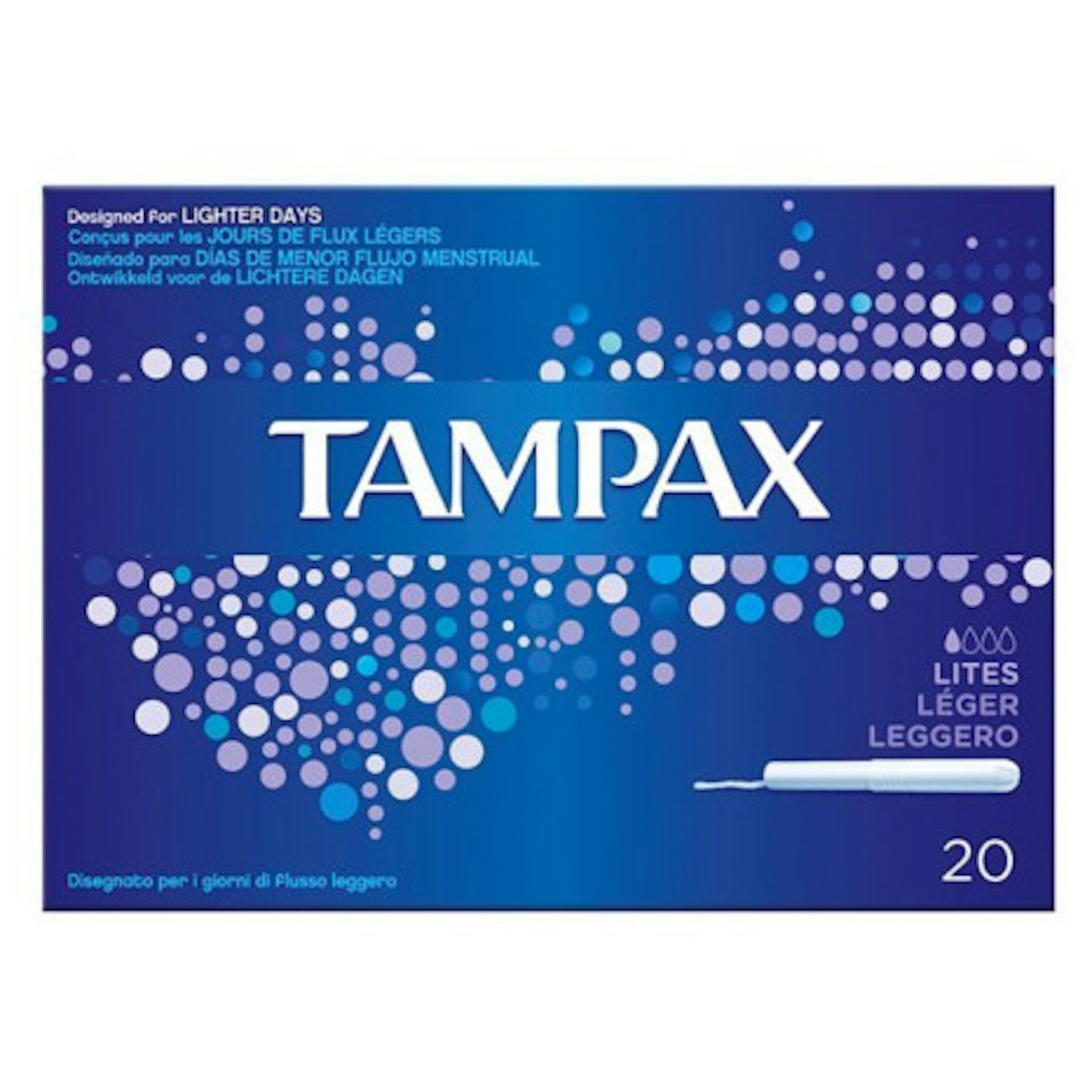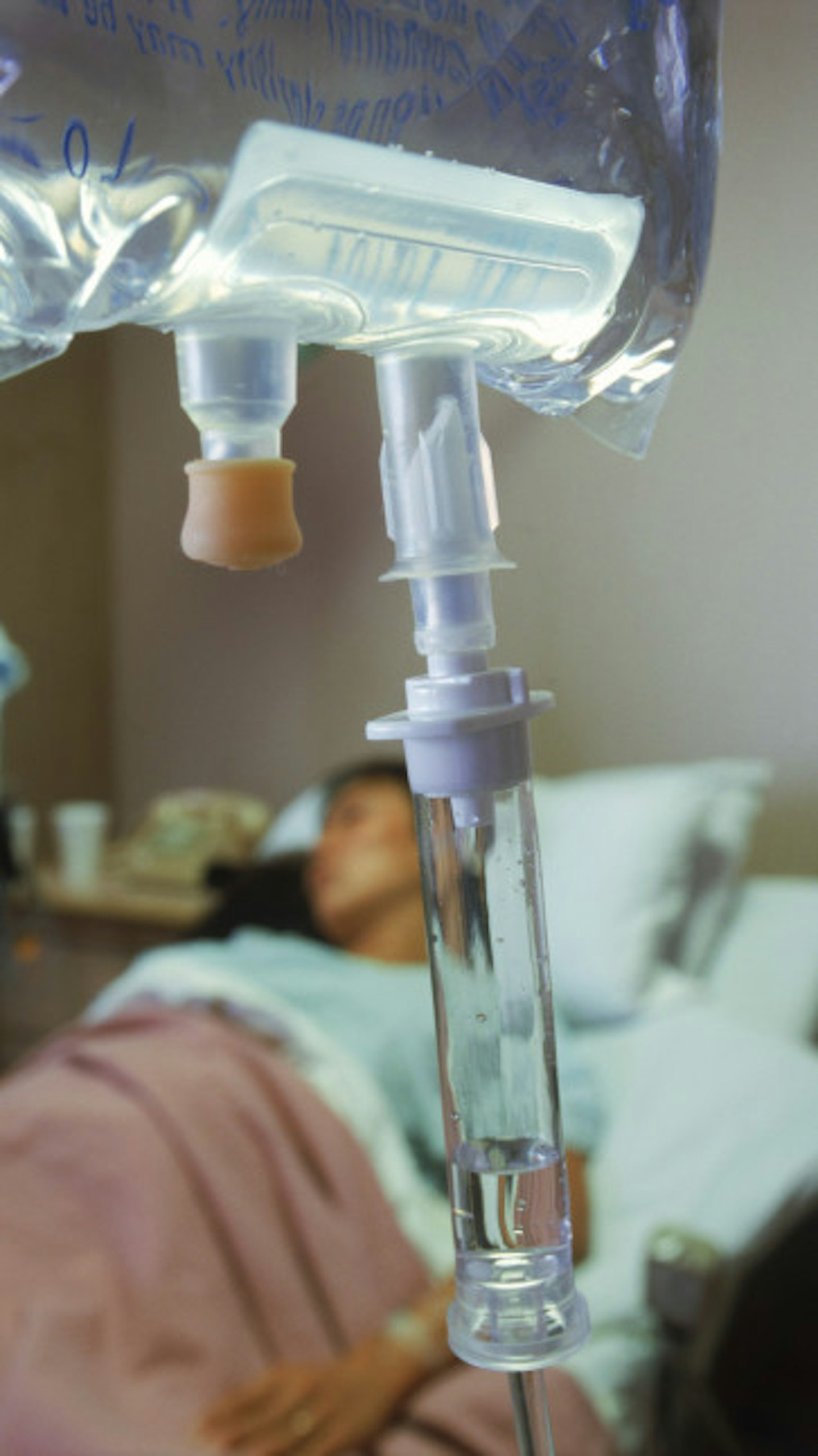Although rare, TSS can be life-threatening. The Staphylococcus aureus and Streptococcus pyogenes bacteria can damage skin, tissue and the functionality of major organs.
Toxic shock syndrome: the dangers
The bacterias can enter the bloodstream through cuts, burns, the throat or the vagina.
Things that increase the risk of TSS include:
A woman being on her period. It is thought the risk is increased greatly if a tampon is left in for a long period of time. Although unexplained and unconfirmed, one reason for this could be that the tampon becomes a breeding ground for the dangerous bacteria
A nosebleed treated with nasal packing

Labour
Using a contraceptive diaphragm, or other female barrier contraceptives
A wound or burn
An infection following surgery
Toxic shock syndrome: the symptoms
A sudden high fever (above 38.9C/102F)
Dizziness
Feeling faint/passing out
Sickness and diarrhoea
Flu-like symptoms
A sunburn-like rash. Up to two weeks after the appearance of the rash, the skin may start to shed in sheets.
If you develop the fever and at least one of the other symptoms YOU MUST SEEK MEDICAL ATTENTION IMMEDIATELY.
Toxic shock syndrome: treatment
TSS is a serious condition and those suffering from it are likely to be admitted to an intensive care unit.
Usually TSS is treated with a course of antibiotics given via a drip.

Depending on the severity, treatment may have to be given to any tissue or organs that have been affected.
Toxic shock syndrome: how to avoid it
Treat all wounds and burns correctly and hygienically.
When using tampons and sanitary towels, be sure to change them regularly and alternate between the two. Wash hands before and after insertion.
Change the tampon/sanitary towel before bed and then again in the morning. Never use more than one tampon at the same time.
When using female barrier contraceptive, read the guidelines on how long the product can be in the vagina. Do not exceed the recommended time frame.
If you are concerned about TSS, please speak to your GP.
